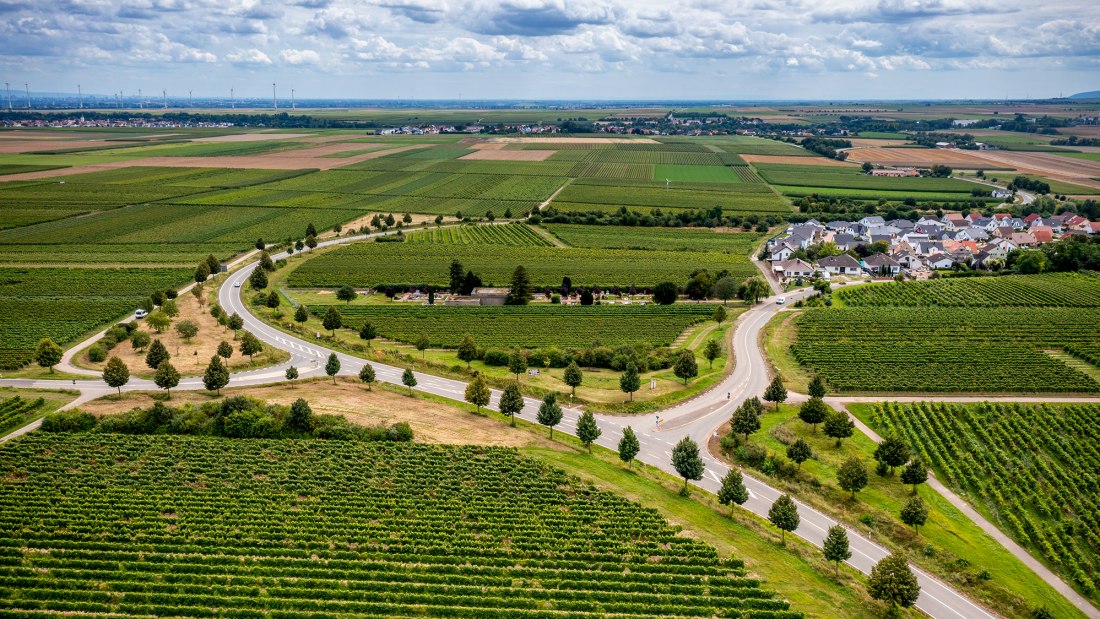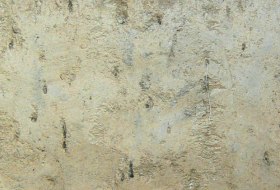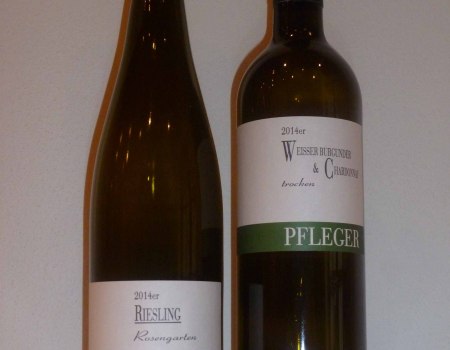Hohen-Sülzener Kirchenstück (Church piece of Hohen-Sülzen)
The monastery cooks already knew what was good.
The site was first mentioned in a document in 1297 with the name "iuxta Kirchenstücke". "iuxta" is Latin and means "close to". Either this piece of land was intended for the upkeep of a monastery kitchen or it generally referred to a church property. Hohen-Sülzen appears under the names "Sulza" (1140), "Sulzen" (1200), "Horsulzen" (1238) and "Sulczen" (1355) and lay in the old "Wormsgau". Riesling and Pinot Noir grow here on loess, loam and soft limestone. Wines with opulent fruit and multi-dimensional character are produced here.
> In the photos: This is a small windmill, but not for power generation, but for wind turbulence when the vines are threatened with frost.











